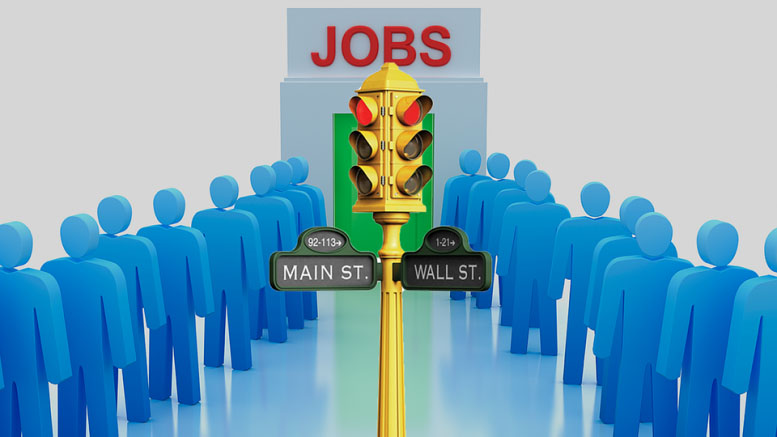 By Tyler Durden
By Tyler Durden
With over 40 million jobs lost in the past two months, a total that puts the Great Depression to shame, one argument tossed around by Wall Street to minimize the impact on lost US productivity is that for the most part, the job losses have been among low-skilled, low-wage, low productivity blue collar jobs, while most higher-paying, white collar jobs have been immune from mass layoffs.
However, according to an analysis by Bloomberg economist Yelene Shulyatyeva, this is about to change because “a second wave of layoffs is coming” one which will have a far greater impact on white collar workers where “millions of positions are in jeopardy as a result of the spillover impact from massive job losses in March and April.”
According to the Bloomberg economist, “the first wave of over 20 million layoffs in March and April could trigger a second wave of 2 to 6 million as managers follow workers into unemployment and demand-weakness spills over from sector to sector.”
She adds that her downbeat estimate captures the likelihood of spillovers in two directions:
- First, intense job losses for blue collar workers mean white collar jobs in the same sectors are vulnerable.
- Second, a severe blow to demand from transport, leisure and other sectors in the direct path of the pandemic means a blow to jobs in adjacent sectors.
Bloomberg’s range of estimates reflects different scenarios for the trajectory of the outbreak:
At one end, we assume a limited, short-term shock, at the other a sustained and escalating impact. Even with that wide range, uncertainty remains elevated.
Our forecast for the May employment report is 7 million job losses. That reflects a combination of continued layoffs of production workers in the sectors at the center of the crisis, and — the subject of this analysis — the front edge of second-wave layoffs for white-collar and blue-collar workers in adjacent industries.
Drilling down into the analysis, Bloomberg first notes that two service sector industries – trade, transportation and utilities and leisure and hospitality – accounted for over half, or about 11.3 million, of the 20.4 million private-sector job losses in March and April combined.
Earlier this week we published our own take on which sectors have suffered the largest job losses, and it is largely in line with Bloomberg’s.
Notably, these jobs cannot be performed remotely, and no sensible work arrangement would significantly reduce the risk of infection if businesses remained open.
As Bloomberg next calculates, of the 11.3 million workers laid off in the two most affected sectors, an overwhelming majority were blue-collar workers – 10.5 million, a two-month decline of 27%. At the same time, their white-collar counterparts, managerial and other non-production personnel, were largely immune to mass layoffs, losing just 0.8 million jobs, a 12% decline over the same period. According to Bloomberg, “the smaller impact on white collar workers reflects a greater ability to work remotely, hopes that the downturn might be short-lived, and higher costs for turning over senior staff.”
But what if the downturn is not short-lived?
See: 177 Different Ways to Generate Extra Income
According to Shulyatyeva, in a sustained downturn manager positions also look vulnerable. Assuming losses in white-collar jobs fully catch up to the pace of those on the front lines, the most affected sectors could potentially lay off an additional 0.8 million workers. Expanding the same methodology across all industries, 2.3 million mostly-manager level jobs would be at risk. An alternative scenario – with a rapid rebound triggering rapid rehiring – would mean less severe management job cuts. If job losses for supervisory workers are only 50% as severe as the initial losses for production staff, that would mean around 1 million out of work.
In addition to “catch up” layoffs, also at risk in a second wave of layoffs are jobs in sectors “adjacent to the epicenter of the Covid-19 blast” with Bloomberg identifying a subset of 13 industries that were most affected by the coronavirus crisis over the March-April period. Together, these sectors accounted for 11.8 million jobs lost over the two-month period.
So as demand from those sectors falls, suppliers of goods and services in adjacent sectors will suffer a knock-on effect. Consider that a restaurant closing down means a loss in demand for its food suppliers, real estate providers, marketers, accountants and so on. Bloomberg Economics identified the list of tangential industries that most closely depend on the “most affected” by utilizing Bureau of Economic Analysis’ Input-Output tables.
- In the first, adjacent industries suffer a blow to employment based on the share of demand they receive from the most affected sectors and the degree of job losses in those sectors. For example, if restaurants accounted for 10% of demand for real estate, and suffered 10% job losses, that would point to a 1% drop in real estate employment through that channel. Adding that up across industries, the result is total job losses of 1.2 million.
- In the second, adjacent industries suffer a blow to employment based on the share of demand they receive from the most affected sectors. For example, if retail accounts for 10% of demand for real estate, then real estate will suffer 10% job losses. Adding that up across industries, the result is job losses of 3.3 million.
Based on this analysis, the sectors facing the biggest spillover risks are professional and administrative and support services (such as building and employment services); management companies and enterprises; professional, scientific and technical workers; and real estate (such as retail space lessors).
That said, there are three potential caveats that could result in a less severe outcome. From Bloomberg:
Lifting lockdown restrictions will bring some front-line jobs back in the months ahead. We already saw tentative signs of that in the latest jobless claims data. If that happens faster than we expect, the risk to non-production and supervisory jobs, and jobs in adjacent sectors will be less severe.
There is a reason why firms are more reluctant to lay off white-collar workers. Typically, they have more specialized skills which make them harder to replace. Even in a lagging recovery, job losses for non-production and supervisory employees might not hit the same trajectory as that for blue collar workers.
In this note, we take a supply-side approach to examining employment spillovers. There will also be a compounding negative impact from spillovers on the demand side, with lost income for laid off workers, and higher saving by those that have kept their job, resulting in a second wave impact from reduced consumption.
Even when accounting for these potential mitigating factors, the conclusion of the report is damning, as it sees little prospect of a “V-shaped” recovery.
Given the lagging nature of payrolls, this implies labor market recovery will be even longer and more painful. Output might return to pre-virus levels by late-2022. It will take even longer for the labor market to bounce back. Twenty-million job losses is the beginning of the story, not the end.
Source: ZeroHedge
Subscribe to Activist Post for truth, peace, and freedom news. Become an Activist Post Patron for as little as $1 per month at Patreon. Follow us on SoMee, HIVE, Flote, Minds, and Twitter.
Provide, Protect and Profit from what’s coming! Get a free issue of Counter Markets today.

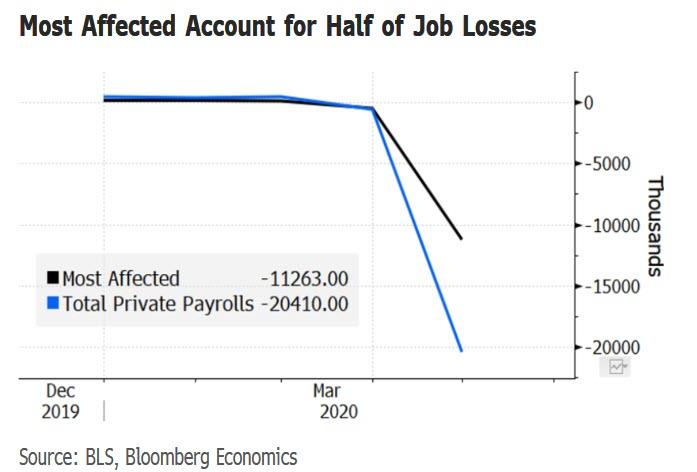
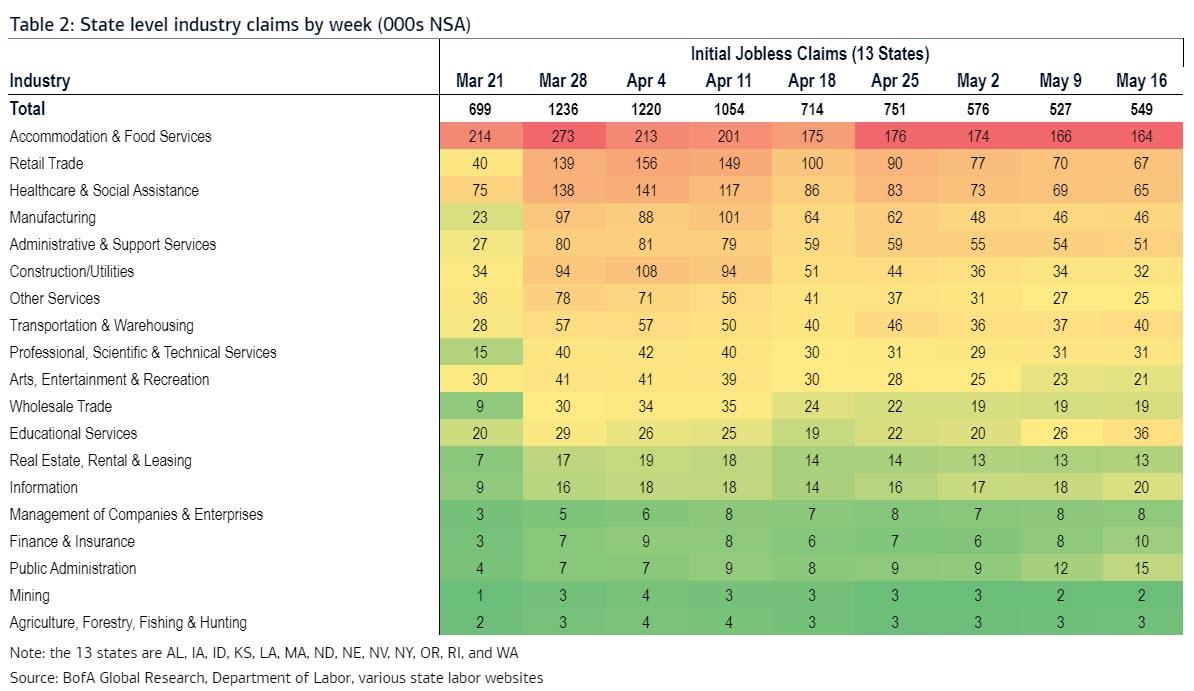
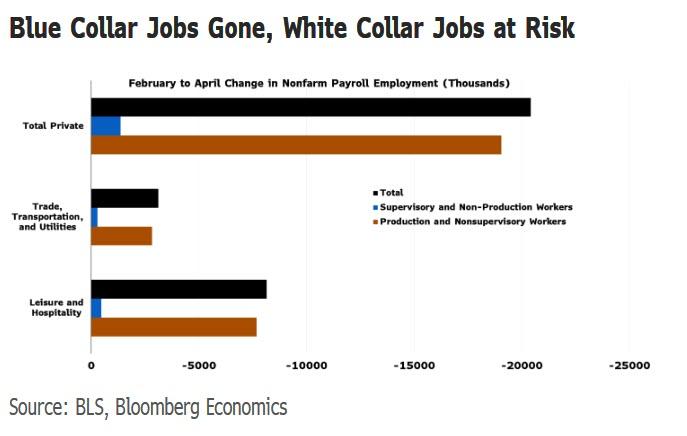
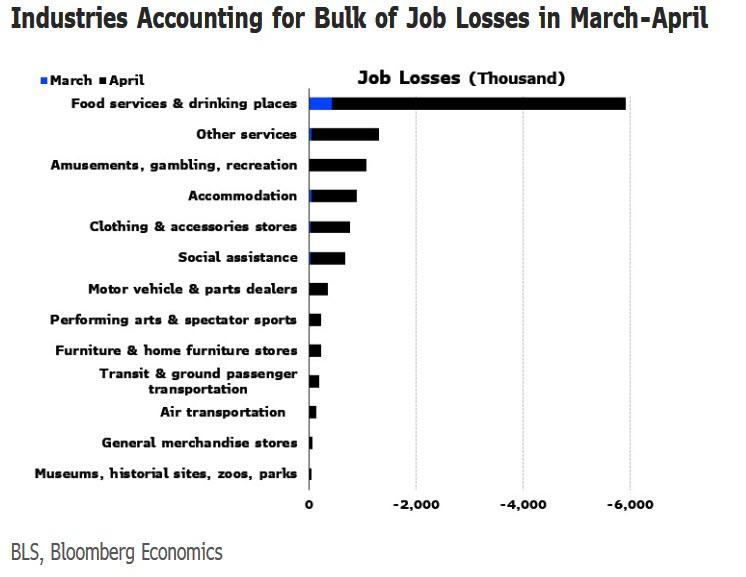
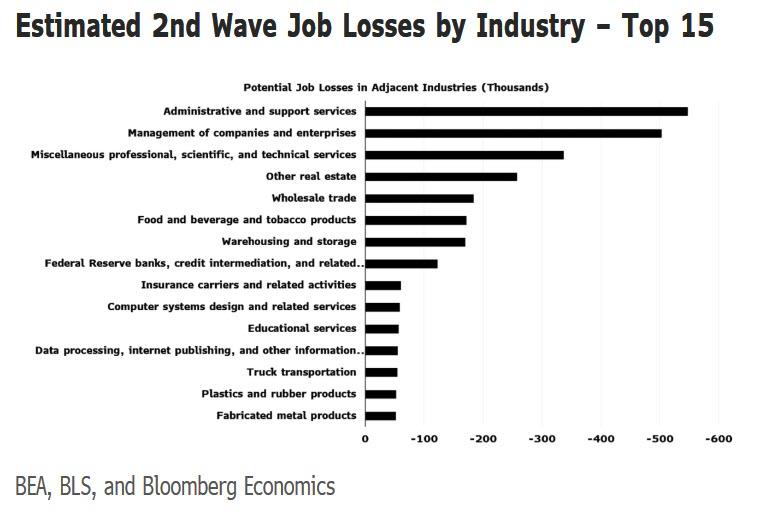
Be the first to comment on "Millions Of Higher-Paying Jobs Targeted As Next Wave Of COVID Layoffs Begins"